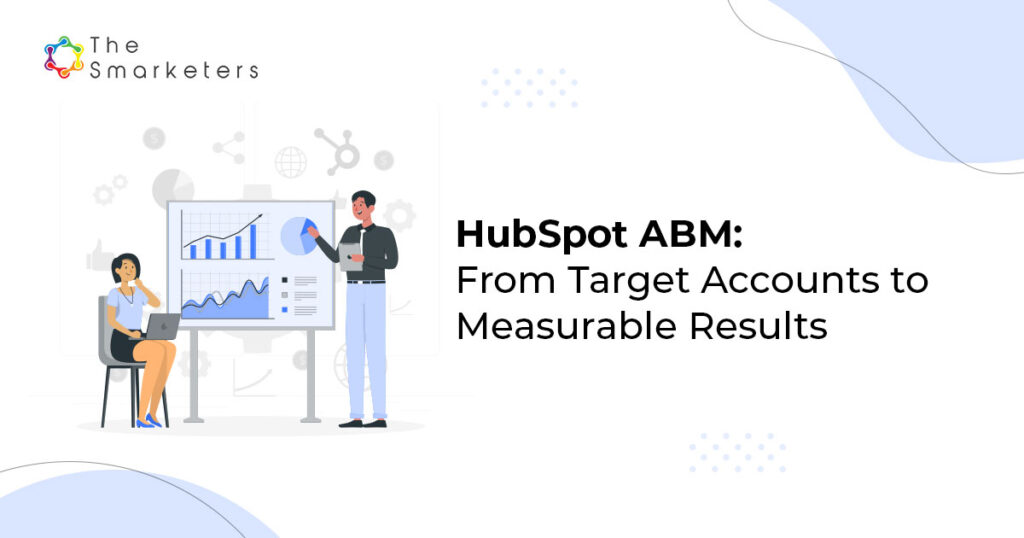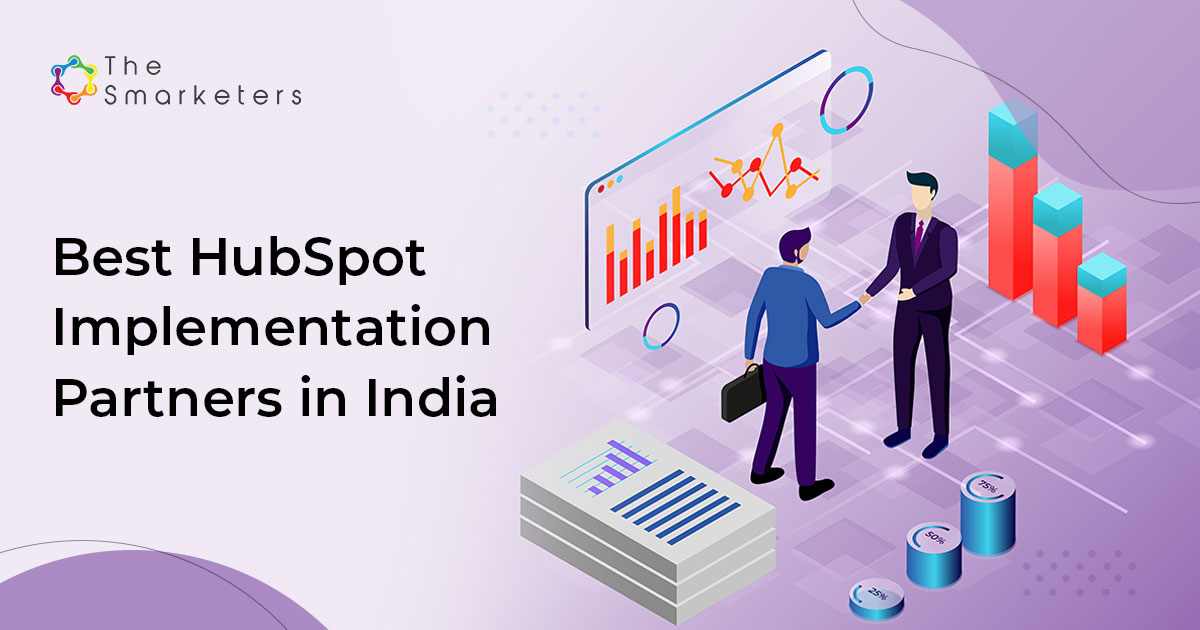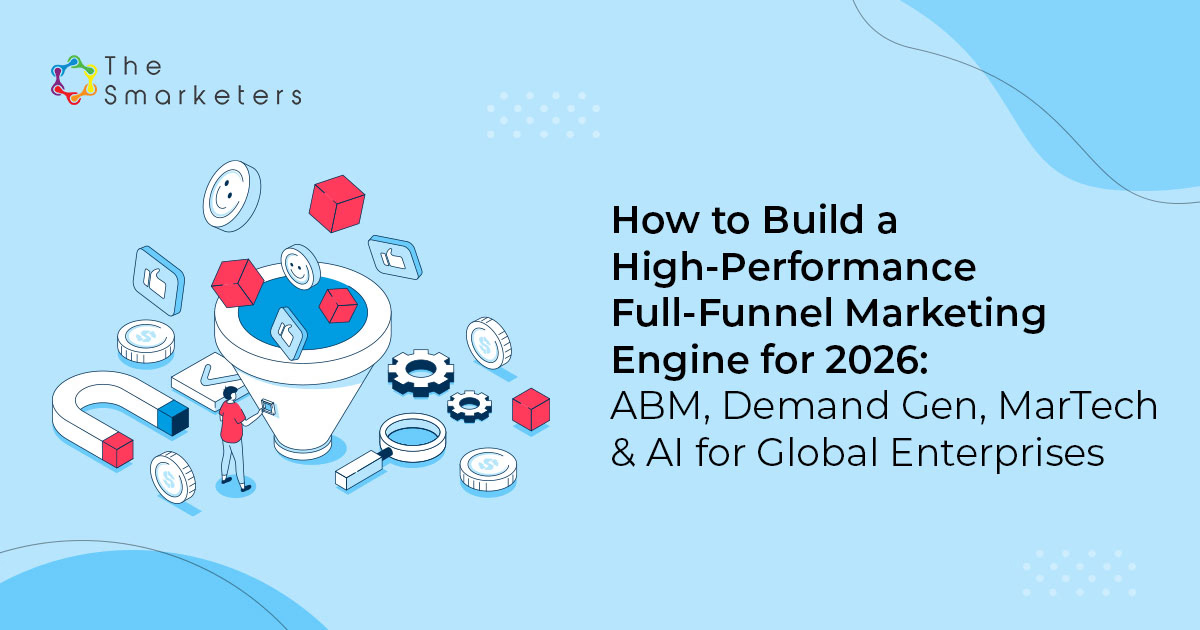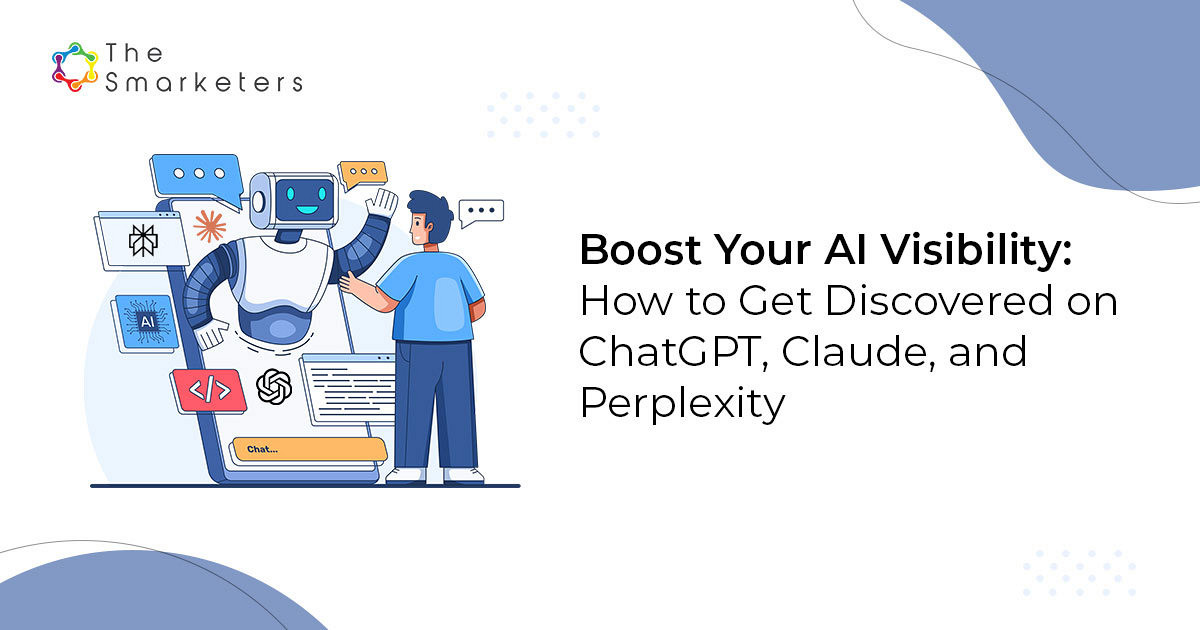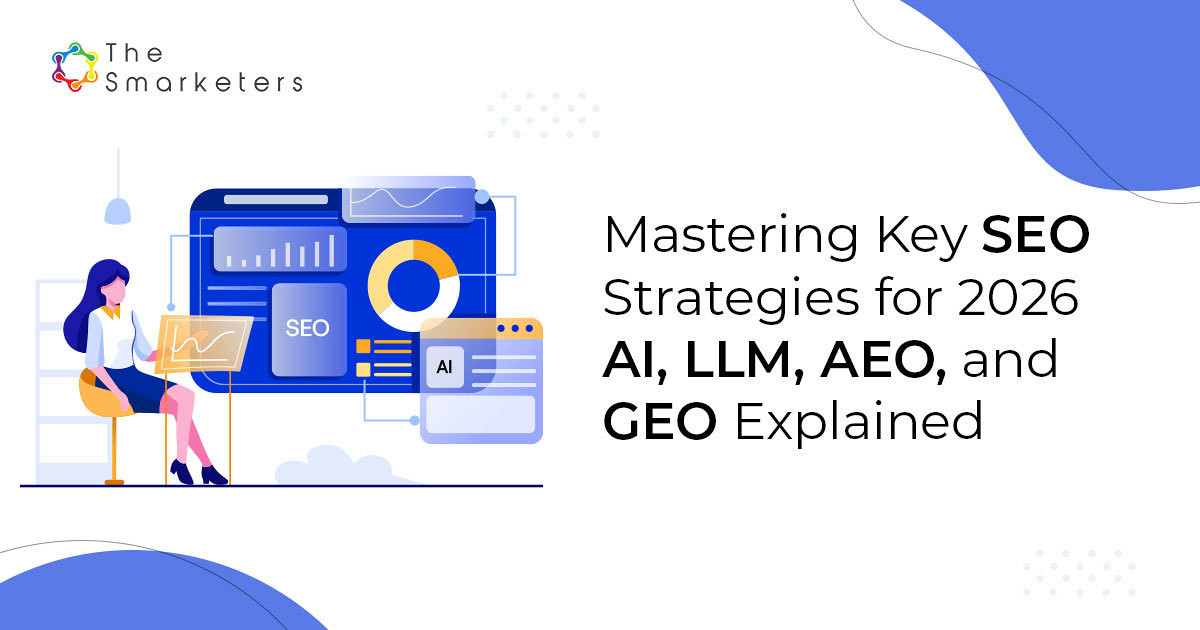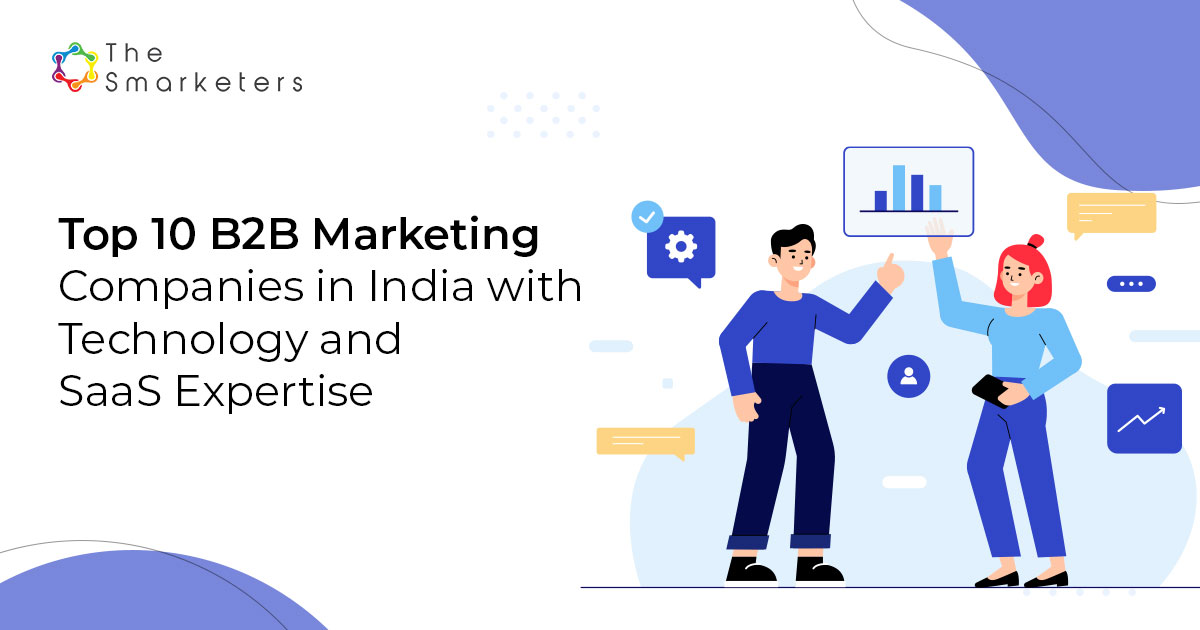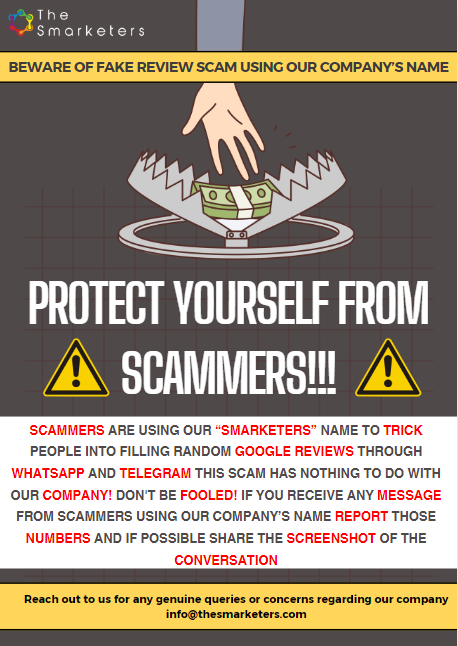You’ve tried “spray and pray” marketing tactics. You’ve blasted mass emails. You’ve watched leads slip through your fingers. And you’re still not hitting those ambitious growth targets your CEO keeps mentioning in all-hands meetings.
Here’s the brutal truth: traditional lead generation is dying, especially for B2B companies with complex sales cycles. That’s why HubSpot ABM is turning heads.
Account-based marketing with HubSpot gives you something revolutionary: the ability to pursue high-value accounts with laser precision instead of chasing random leads that go nowhere. It’s like switching from fishing with a net to hunting with a spear.
But here’s what most marketers miss about ABM: it’s not just about targeting accounts—it’s about creating experiences so personalized that prospects feel like you built your entire business just for them.
So what exactly makes the HubSpot ABM approach different from the failed “targeted” campaigns you’ve tried before?
Understanding Account-Based Marketing (ABM) in HubSpot
What makes HubSpot’s ABM approach unique
HubSpot’s take on ABM isn’t just another marketing feature – it’s a complete ecosystem that actually works. While other platforms bolt on ABM capabilities as an afterthought, HubSpot built their ABM toolkit from the ground up to integrate seamlessly with everything else you’re already doing.
The magic happens in how HubSpot connects your sales and marketing teams around the same target accounts. No more awkward handoffs or misaligned priorities. Your entire team sees the same account data, engagement history, and next steps in one place.
What really sets HubSpot ABM apart? It’s the way they’ve democratized what used to be an enterprise-only strategy. Companies of any size can now run sophisticated account-based plays without needing a massive tech stack or specialized team.
Key benefits of implementing ABM with HubSpot
The numbers don’t lie – companies using HubSpot for ABM see results that traditional spray-and-pray marketing just can’t match:
- Higher quality leads: Instead of chasing volume, you’re focusing resources on perfect-fit accounts that actually convert
- Shorter sales cycles: When marketing and sales align on target accounts, deals move faster (some HubSpot users report 30%+ reduction in time-to-close)
- Better ROI tracking: HubSpot’s reporting ties your ABM efforts directly to revenue, not just engagement metrics
- Scalable personalization: Create account-specific content that feels custom-made without starting from scratch each time
The biggest win? HubSpot makes ABM sustainable. This isn’t a one-off campaign approach—it’s a systematic way to grow accounts that keeps delivering results quarter after quarter.
How ABM differs from traditional marketing methods
Traditional marketing casts a wide net. ABM uses a spearfishing approach.
| Traditional Marketing | Account-Based Marketing in HubSpot |
|---|---|
| Leads first, accounts second | Accounts first, leads within context |
| Generic messaging at scale | Personalized content for specific accounts |
| Marketing qualifies, then hands off | Sales and marketing collaborate from day one |
| Success = more leads | Success = revenue from target accounts |
| Separate tools for different channels | Unified multi-channel approach |
The fundamental shift is moving from “how many people can we reach?” to “how can we reach exactly the right people at exactly the right companies?” HubSpot’s platform makes this transition painless.
Essential HubSpot tools for ABM success
The HubSpot ABM toolkit gives you everything needed to execute sophisticated account-based plays:
- Target Account Home: Your command center for monitoring engagement across key accounts
- Company Scoring: Automatically prioritize accounts based on fit and engagement
- Workflow Automation: Trigger account-specific actions when buyer intent signals appear
- LinkedIn Integration: Connect with decision-makers where they actually spend time
- Custom Properties: Track account-specific details that matter to your unique sales process
What separates the winners from the wannabes in ABM is how well these tools work together. In HubSpot, everything connects—your CRM, marketing automation, and sales tools all share the same data and work from the same playbook.
Identifying and Prioritizing Target Accounts
Creating ideal customer profiles for ABM
Ever tried hitting a target blindfolded? That’s basically what you’re doing if you launch ABM campaigns without solid Ideal Customer Profiles (ICPs).
With HubSpot ABM, your ICPs go beyond basic demographics. You need to dig into the pain points that keep your best-fit customers up at night. What problems do they face that your solution uniquely solves? What’s their buying process like?
Start by analyzing your top 20% of customers. Look for patterns in:
- Industry verticals where you consistently win
- Company size sweet spots (revenue, employee count)
- Tech stack indicators that signal readiness for your solution
- Common challenges mentioned during sales calls
- Decision-making structures (who influences, who signs)
HubSpot’s CRM makes this data mining surprisingly painless. Pull reports on closed-won deals and filter by lifetime value to spot your true winners.
Using HubSpot’s Lead and Account scoring features
The beautiful thing about HubSpot ABM? No more guessing which accounts deserve your attention.
HubSpot’s scoring tools let you assign points based on fit (how well they match your ICP) and engagement (how they interact with your content). This two-dimensional view helps prioritize accounts that are both qualified AND showing interest.
Set up your scoring model like this:
- Fit score: Assign points for firmographic matches (right industry, size, etc.)
- Engagement score: Award points for high-value actions (demo requests, pricing page visits)
- Decay rules: Automatically reduce scores for inactive accounts
The magic happens when you customize scoring thresholds specific to your business. A SaaS startup might set different benchmarks than an enterprise manufacturer.
Leveraging firmographic and technographic data
Getting granular with data is where account targeting shifts from “pretty good” to “scarily accurate.”
HubSpot integrations with data providers unlock powerful targeting capabilities. Connect with platforms like ZoomInfo, Clearbit, or 6sense to enrich your account profiles with:
- Funding rounds and financial health indicators
- Tech stack details (especially complementary tools)
- Growth trends and hiring patterns
- Expansion signals (new offices, leadership changes)
This technographic data often reveals buying intent before prospects even reach out. Using a tech integration that shows when target accounts start using complementary tools? Pure gold for timing your outreach.
Aligning sales and marketing on target account selection
The ABM dream dies quickly when sales and marketing build separate target lists. I’ve seen perfectly good strategies collapse because teams couldn’t agree on who to pursue.
Host regular “ideal account alignment” sessions where both teams evaluate potential targets together. Create a shared scoring rubric where both teams contribute criteria:
- Marketing: Market segment potential, digital engagement patterns
- Sales: Deal size predictors, competitive landscape insights
Document everything in HubSpot’s shared workspace where both teams can access and update the information as accounts evolve.
Implementing tiered account prioritization
Not all target accounts deserve equal resources. Smart ABM teams use tiered prioritization to match investment with potential return.
In HubSpot, create three clear tiers:
- Tier 1: High-touch, fully customized campaigns (15% of accounts)
- Tier 2: Segmented personalization with industry-specific content (35%)
- Tier 3: Light personalization with broader messaging (50%)
This approach ensures your most valuable accounts get white-glove treatment while maintaining scale across your entire target list. The key? Building automated workflows in HubSpot that deliver the right level of personalization based on tier assignment.
Building Personalized ABM Campaigns in HubSpot
Crafting account-specific content strategies
HubSpot’s ABM tools aren’t just fancy add-ons – they’re game-changers for creating laser-focused content that speaks directly to your high-value accounts.
Want to know the secret sauce? Start by digging into the buyer intent signals HubSpot captures. This isn’t generic marketing – it’s like having a conversation with someone who actually asked to talk to you.
First, segment your target accounts in HubSpot based on:
- Industry pain points
- Company size and growth stage
- Recent engagement patterns
- Decision-maker roles
Then match each segment with content that hits them right where they care most. A manufacturing CFO needs different talking points than a retail CMO.
Check out this approach for account-specific content:
1. Create topic clusters focused on industry-specific challenges
2. Develop case studies featuring similar companies
3. Build thought leadership content answering their specific questions
4. Design interactive tools that solve their unique problems
The magic happens when HubSpot’s account-based marketing strategy connects with your content planning. Your prospects don’t want generic fluff – they want someone who gets their specific situation.
Setting up targeted workflows for key accounts
Your dream accounts deserve VIP treatment. HubSpot’s workflow tools let you roll out the red carpet automatically.
The problem with most ABM campaigns? They treat every account the same. Big mistake.
Instead, build custom workflows in HubSpot that trigger based on account engagement:
- When a key decision-maker views pricing, alert your sales team immediately
- If multiple stakeholders download the same resource, schedule a personalized follow-up
- Create escalation paths when engagement scores reach certain thresholds
I’ve seen companies crush their numbers by setting up “account surge” workflows – when multiple people from one company suddenly increase activity, HubSpot can trigger specialized outreach sequences.
Your sales team will thank you when they get real-time notifications about high-intent actions from target accounts. No more random cold calls – just perfectly timed conversations.
Personalizing website experiences with HubSpot CMS
The days of one-size-fits-all websites are dead and buried. HubSpot’s CMS Hub gives you personalization superpowers for your ABM strategy.
Think about it – when Google knows exactly what ads to show you, why should your B2B website show the same content to everyone?
Here’s how to make your website work harder for ABM:
- Use smart content blocks to display industry-specific messaging
- Customize CTAs based on account priority level
- Show relevant case studies based on company size
- Adjust navigation to highlight solutions that match their needs
The real power move? Creating account-specific landing pages for your top targets. When someone from “Dream Account Inc.” visits, they see content tailored specifically to their challenges.
Creating custom ABM dashboards
You can’t improve what you don’t measure. HubSpot’s reporting tools let you build ABM dashboards that show exactly what’s working.
Most marketers drown in vanity metrics that look good but mean nothing. With HubSpot ABM dashboards, you can focus on what actually drives revenue.
Track these critical metrics:
- Engagement by target account (not just leads)
- Content performance by account tier
- Multi-channel touchpoint analysis
- Sales and marketing alignment scores
- Account progression through buying stages
Set up automated dashboard sharing with your leadership team so everyone sees the impact of your ABM efforts. When the CEO can clearly see how marketing is influencing those whale accounts, budget conversations get a lot easier.
Remember – measuring ABM ROI isn’t about volume, it’s about value. One perfect-fit account is worth more than 100 poor-fit leads.
Leveraging Buyer Intent and Breeze Intelligence for first party Intent
Know which companies are visiting your website and actions they are taking
You could be missing out on massive sales opportunities right now.
Imagine this: high-value target accounts are browsing your website, checking out your pricing page, reading your case studies… but you have no idea they’re there. By the time your sales team reaches out (if they ever do), that prospect has already moved on to your competitor.
That’s why first-party intent data in HubSpot ABM is a game-changer.
With Breeze Intelligence integration, you can unmask anonymous visitors and see which companies are actually visiting your site. No more flying blind with your account-based marketing strategy.
Here’s what you can track:
- Which target accounts are on your site right now
- How often they visit (frequency signals serious interest)
- Which specific pages they’re viewing
- How long they’re staying on key conversion pages
- What content they’re downloading
This isn’t just any traffic data – it’s filtered to show you the companies that match your ideal customer profile. The ones worth pursuing.
One client using HubSpot’s account targeting capabilities saw a 37% increase in engagement from their target accounts after they started monitoring and acting on this website behavior data.
Personalize outreach based on intent and drive relevance
Cold outreach is dead. Nobody wants another generic “just checking in” email.
But when you can see exactly what pages a prospect has visited, you can transform your outreach:
“Hi Sarah, I noticed your team has been looking at our implementation guides and ROI calculator. Would you like me to walk you through how companies similar to yours have achieved a 40% faster implementation time?”
This level of personalization based on actual buyer intent signals makes prospects feel understood, not sold to.
Try these intent-based personalization approaches:
- Send different email sequences based on which product pages they viewed
- Adjust ad messaging to match the specific pain points they’re researching
- Have sales reps reference the exact resources prospects engaged with
Set up custom workflows for better nurturing
The real magic happens when you automate your response to intent signals.
In HubSpot, you can create workflows that trigger specific actions based on account behavior:
- When a target account visits your pricing page twice in one week → Send a personalized pricing breakdown
- When multiple stakeholders from one company engage with your content → Alert the account owner to schedule a multi-stakeholder demo
- When engagement drops off → Trigger a re-engagement campaign with new, relevant content
These automated workflows ensure you’re responding to buying signals in real-time – exactly when prospects are most receptive.
The combination of Breeze Intelligence and HubSpot’s workflow capabilities gives you a true closed-loop ABM system that responds to actual buyer behavior, not just demographic data.
Multi-Channel Engagement Strategies
Coordinating email, social, and paid campaigns for target accounts
Gone are the days when blasting generic emails to thousands of contacts was considered good marketing. With HubSpot ABM, you can orchestrate precision-targeted campaigns across multiple channels that feel like they were made specifically for each account.
Think about it – your target accounts are consuming content across email, LinkedIn, paid ads, and more. Your job? Be everywhere they are with a cohesive message.
Start by creating account-based lists in HubSpot that segment your target accounts by industry, size, or buying stage. Then craft tailored email sequences that speak directly to their pain points. The magic happens when you mirror these messages across other channels.
For example, if you’re targeting financial services companies struggling with compliance, your LinkedIn campaign should reinforce the same messaging as your emails. This creates a surround-sound effect that’s hard to ignore.
One ABM pro tip: use HubSpot’s workflow tools to trigger different channel activations based on engagement. If a key decision-maker at a target account opens your email but doesn’t click, automatically add them to a specialized LinkedIn audience for more nurturing.
Implementing account-based advertising through HubSpot
HubSpot’s advertising tools let you run highly targeted campaigns to specific accounts without burning your budget on companies that aren’t in your ICP.
The platform integrates with major ad networks like LinkedIn, Facebook, and Google, allowing you to create custom audiences based on your target account lists. This means your ads only show to the companies you actually want to work with.
What makes this particularly powerful is the ability to serve different ad content based on account engagement data that’s already in your HubSpot CRM. A prospect who’s visited your pricing page three times should see different messaging than someone who’s only read your blog once.
Try this approach: create a tiered advertising strategy where your top 10 dream accounts get high-touch, highly personalized ads with specific callouts to their business challenges, while your wider target list receives industry-specific messaging that still feels relevant.
Leveraging sales and marketing automation for consistent messaging
The biggest ABM killer? When marketing says one thing and sales says another. HubSpot’s automation tools ensure everyone’s singing from the same songbook.
Marketing can create email templates, social posts, and ad content that sales can easily access when following up with target accounts. This creates a seamless experience where prospects hear consistent messages regardless of channel or who’s communicating.
Set up sales sequences that automatically trigger based on marketing engagement. When a target account views your case study three times, that’s not just a marketing win—it’s a sales opportunity. HubSpot can automatically notify your account executive with the context they need for a perfectly timed follow-up.
The platforms’s shared contact records mean both teams work from the same source of truth. No more “I didn’t know they already talked to us” moments that make your company look disorganized.
Measuring ABM Success and ROI
Key metrics to track for account-based initiatives
Tracking the wrong metrics can derail your entire ABM strategy. Trust me, I’ve been there – building beautiful campaigns that look impressive but don’t actually move the needle.
Here’s what actually matters when measuring your HubSpot ABM efforts:
- Account engagement score: Track how deeply target accounts are interacting with your content across channels
- Multi-touch attribution: See which touchpoints influence deals at key accounts
- Deal velocity: Measure how quickly target accounts move through your pipeline
- Meeting/demo rate: The percentage of target accounts that book meetings
- Account penetration: How many contacts you’re engaging at each account
The beauty of HubSpot ABM is you can track these metrics at both the account and contact level. This gives you the full picture of how your strategy is performing.
Building custom ABM reports in HubSpot
Custom reports separate ABM amateurs from pros. In HubSpot, you’ve got serious firepower to create exactly what you need.
Start with the basics:
- Navigate to Reports → Dashboard → Create dashboard
- Select “Account-Based Marketing” template
- Customize to include your specific target accounts
Want to level up? Try these custom report ideas:
- Target account engagement over time: Track how engagement changes as you implement campaigns
- Deal stage progression by account tier: See if your highest-value accounts are moving faster
- Content performance by account: Identify which content resonates with specific accounts
Don’t forget to use HubSpot’s account properties in your reporting. They’re game-changers for segmenting your data properly.
Calculating pipeline influence and revenue attribution
Cold, hard revenue numbers. That’s what leadership wants to see from your ABM efforts.
In HubSpot, you can calculate this in two primary ways:
- Direct attribution: Revenue directly tied to ABM campaigns
- Influenced attribution: Deals where ABM played a supporting role
For influenced attribution, build a report that shows:
- Target accounts that closed
- ABM touchpoints before closing
- Revenue value of those deals
Pro tip: Create a custom “ABM Influenced” property in HubSpot to tag deals where your ABM efforts played a role. This makes tracking much cleaner.
Optimizing campaigns based on performance data
The data doesn’t lie. When your ABM campaigns aren’t performing, you need to pivot fast.
Focus on these optimization areas:
- Channel effectiveness: If LinkedIn is outperforming email for certain accounts, shift resources
- Content resonance: Double down on topics driving engagement
- Timing sequences: Adjust outreach cadence based on response patterns
- Account targeting criteria: Refine your ICP if certain segments underperform
Remember to be ruthless here. The whole point of measuring is to improve, not to justify what you’re already doing.
Demonstrating ABM impact to stakeholders
Your ABM program might be crushing it, but if stakeholders don’t see the value, you’re in trouble.
Create these three key reports to showcase your impact:
- Before/After ABM comparison: Show pipeline generation pre/post ABM implementation
- Cost per acquisition comparison: Highlight efficiency gains with targeted accounts
- Deal size impact: Demonstrate how ABM influences larger deal sizes
And please, use visuals! A single clear dashboard with 3-5 key metrics will communicate more than a 20-page report nobody reads.
FAQs
What are the key components of a successful HubSpot ABM strategy?
Successful HubSpot ABM strategies hinge on five core elements: proper target account identification, personalized content that speaks directly to account pain points, cross-team alignment (especially sales and marketing), multi-channel engagement approaches, and ongoing measurement. The magic happens when you combine HubSpot’s targeting tools with real buyer intent signals to create campaigns that reach the right decision-makers at exactly the right moment.
How do I identify the right target accounts in HubSpot?
Start with your ideal customer profile (ICP) and use HubSpot’s ABM tools to filter potential accounts based on firmographics like industry, company size, and revenue. Then layer in behavioral data – which companies are already engaging with your content? Which ones show buying intent? HubSpot’s account scoring features help prioritize these opportunities based on fit and engagement. Don’t try to boil the ocean – most successful ABM programs start with 20-50 targeted accounts before scaling.
What metrics should I track to measure ABM ROI in HubSpot?
Forget vanity metrics. Focus on:
- Account engagement score (are target accounts increasingly engaging?)
- Marketing influenced pipeline (not just leads)
- Average deal size (ABM should increase this)
- Sales cycle length (typically shorter with ABM)
- Win rates for ABM accounts vs. non-ABM accounts
- Customer lifetime value (ABM accounts should be more valuable)
HubSpot’s reporting tools make tracking these metrics straightforward, especially when you set up custom properties for your ABM initiatives.
How do I personalize content for target accounts at scale?
This is where many ABM programs stumble. The secret is creating modular content frameworks:
- Build core content pillars addressing industry challenges
- Create account-specific intros/outros using HubSpot’s personalization tokens
- Develop industry or role-specific sections you can swap in
- Use HubSpot’s smart content features to dynamically display relevant messaging
- Prioritize depth of personalization for top-tier accounts while using lighter touches for lower-tier targets
Implementing ABM through HubSpot transforms how B2B organizations connect with high-value accounts. By strategically identifying target accounts, creating personalized campaigns, and leveraging buyer intent data, you can significantly improve engagement across multiple channels. The platform’s robust analytics also enable you to measure success through concrete metrics and demonstrate clear ROI to stakeholders.
Ready to elevate your marketing strategy? Start by evaluating your current target accounts and implementing the HubSpot ABM tools discussed in this guide. Remember that effective account-based marketing is an ongoing process that requires continuous refinement. As you gather more data and insights, you’ll be able to create increasingly targeted campaigns that resonate with your most valuable prospects and drive measurable business results.

